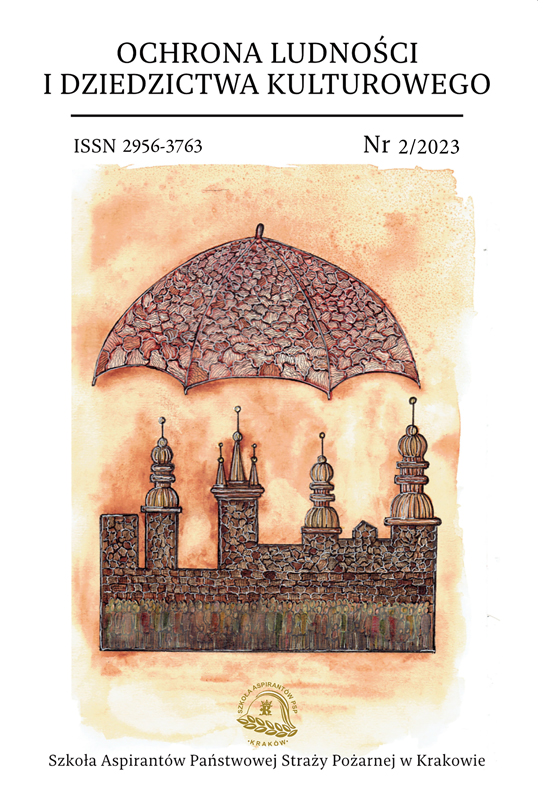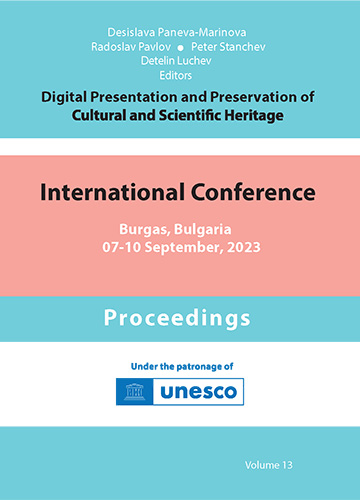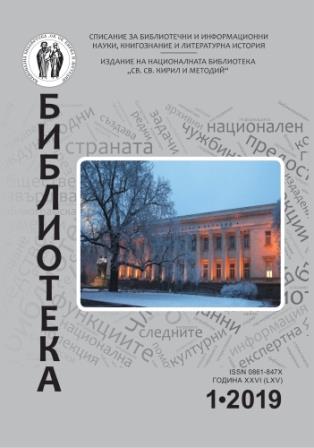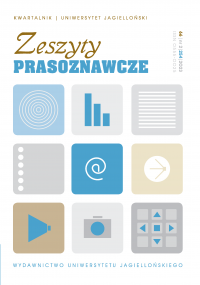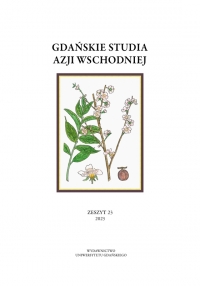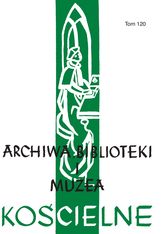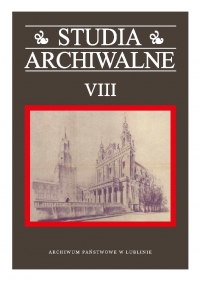
Zachowane regesty z ksiąg metrykalnych parafii narolskiej z XVII-XVIII wieku
The parish in Narol was established by Florian Łaszcz Nieledewski in 1595, in a village existing from the mid-16th century, near which he founded the town of Florianów (now Narol) in 1592. Visitations by bishops of Chełm, in whose dioceses Narol was located, confirm that the parish records (births, marriages) were kept from the very beginnings of the parish but in the autumn of 1648 they were destroyed during the Cossack-Tatar invasion (most probably burnt). The new records were kept from 1650. In the early 20th century they were seen in the Narol church by Karol Notz, famous in Galicia (Eastern Europe) for making inventories of historic relics. In 1914, the parish books were burnt during the fire of the town and the church. Their only known traces, discussed in the present publication, are excerpts/copies made in the mid-19th century by Ludwik Zieliński, which mostly refer to the noble families connected with Narol. The overwhelming majority of the 546 extracts are birth entries, only 29 being records of marriages.
More...
